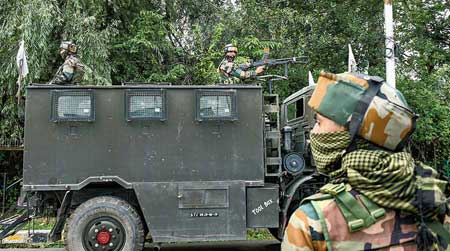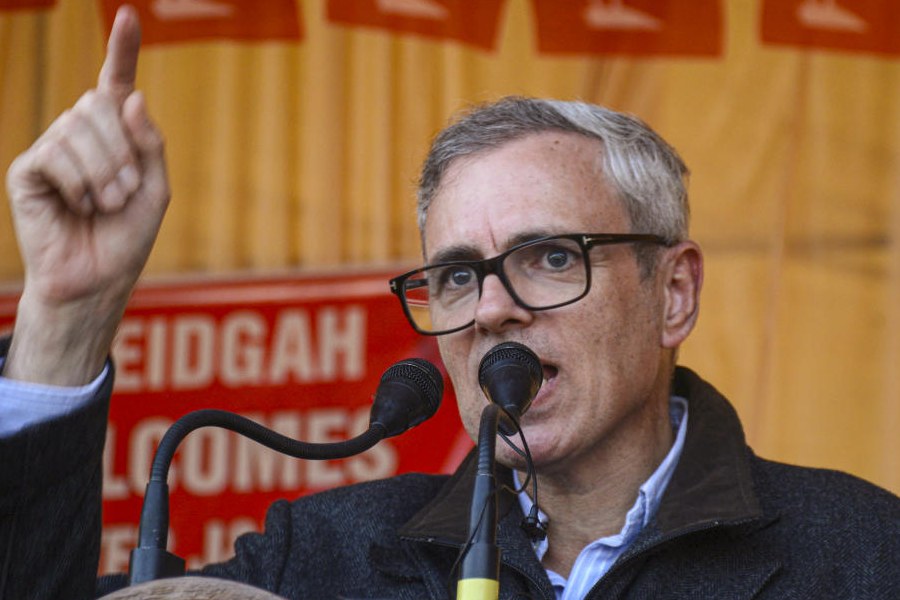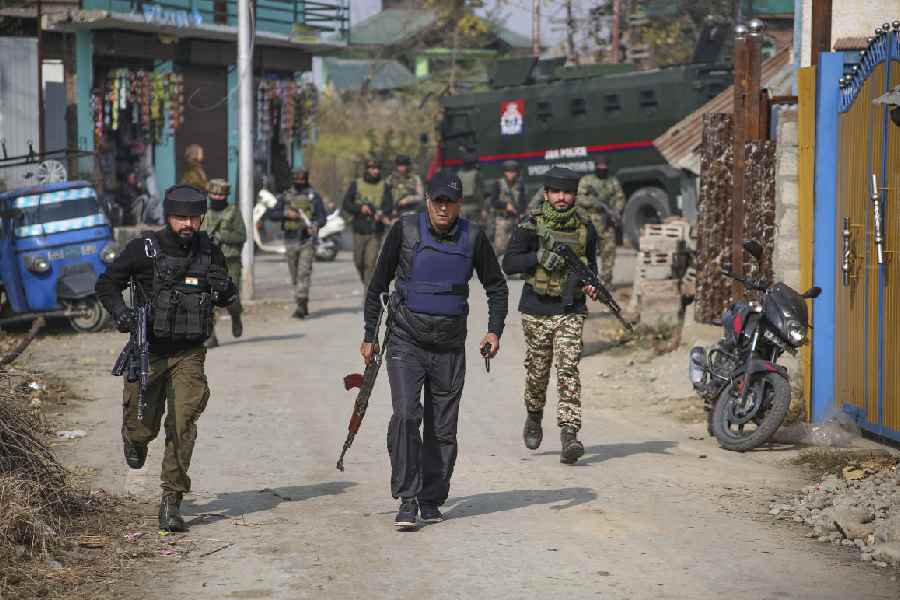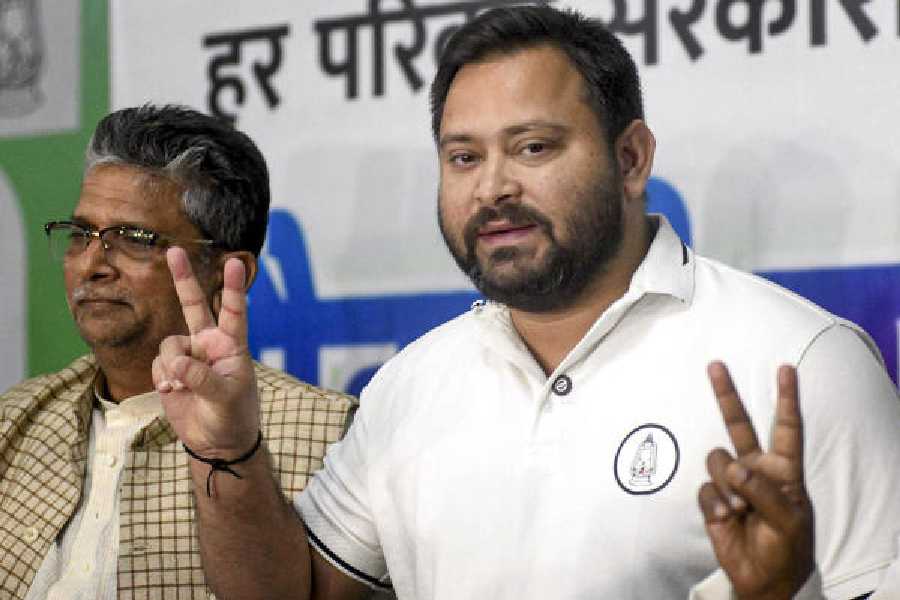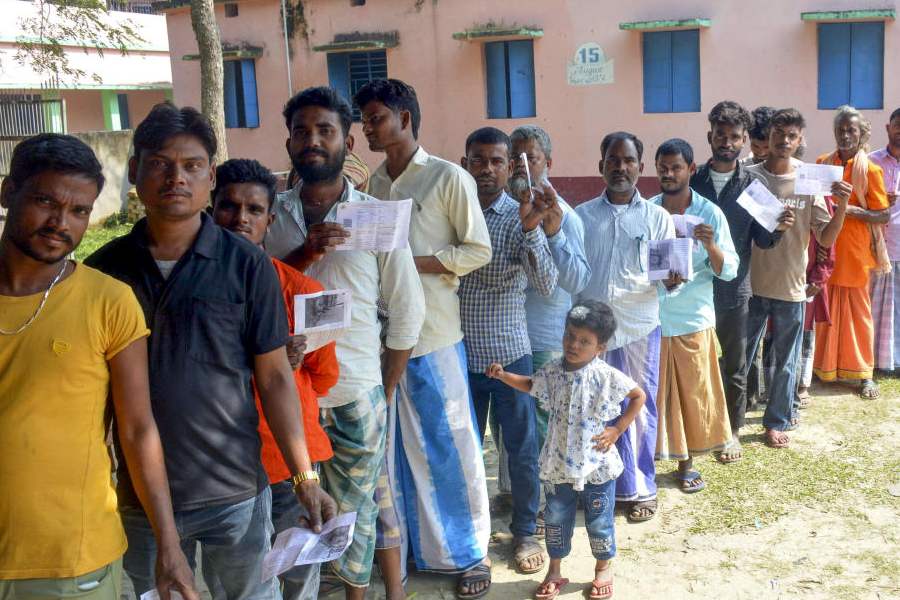Book: A Kashmiri Century: Portrait of A Society in Flux
Author: Khem Lata Wakhlu,
Publisher: Harper Collins
Price: Rs 599
More than any other state or region of India, Kashmir’s political discourse remains aswirl with competing narratives. There’s a pan-India narrative with many shades: right-wing (which is dominant at the moment), centrist, secular and leftist. There’s a Pakistani narrative with its moderate and extremist variants. And, then, there are discourses within Kashmir: a Kashmiri Muslim narrative and a Kashmiri Pandit version of reality.
At their extremes, the discourses are absolutist but they become more differentiated down the line, refracted by religion, community and politics. These discourses compete, clash and overlap in Kashmir’s daily life. With each narrative, frames change: similar events and incidents come to be interpreted differently depending upon the politics, ideology, interest group or community one belongs to.
It is rare for Kashmir to be seen for what it is: most articles, stories and books end up becoming participants in a version of Kashmir’s history. Few rise above the discourses and seek to investigate, interrogate and enlighten about what is going on. Khem Lata Wakhlu’s A Kashmiri Century: Portrait of a Society in Flux doesn’t distinguish itself on this count.
As a reviewer, too, I face a fault line: a Kashmiri Muslim is reviewing a book by a Kashmiri Pandit. It is difficult not to be conscious of it at a time when people are primarily and, more often, exclusively identified and judged by their religious identity. Kashmiri Muslims and Pandits have come to develop differing perceptions of their histories and memories even if they share language, dress, cuisine, culture and, above all, genes. So it is natural that the narrative of the past century of Kashmir that comes across in Wakhlu’s book would run up in some of its aspects against that of mine. But then this way of looking at the book only compromises the integrity of the review.
So I will first focus on an aspect that by its very nature transcends politics: for example, the memoir’s celebration of the lived experience of the Kashmiri Pandit life epitomized by Rishi Vihar, a sprawling house on the banks of the river, Jhelum, housing the affluent joint Kashmiri Pandit family of Dhars. Its rooms reverberated with the noise of dozens of inmates who partied on the occasion of Nav-sheen (fresh snowfall) every winter. Its entrances, courtyard, and interconnected corridors were places of play for the young siblings and cousins.
uilt around the turn of the nineteenth century, Rishi Vihar was a multi-generational family household steeped in Kashmiri Pandit tradition but also alive to modernity. The household produced officials for the government, something that the Kashmiri Pandit community did invariably over the centuries, serving as employees for successive rulers right from the Mughals to the Afghans to the Dogras. In return, many Pandits received land grants from the rulers. This lent the tiny community, which constitutes little over two per cent of Kashmir’s population, its clout in society. The Pandits ran the governments and executed government schemes on the ground. They taught in schools and with the dawn of mass communication in Kashmir in the mid-nineteenth century were active in the media too. These are irrefutable facts of Kashmir’s history of the past four hundred years, if not more.

A still from the film, Ghar Ka Pata, by Madhulika Jalali. You Tube
And this is perhaps why when Wakhlu writes about a Kashmiri century in her eponymous book, she, in fact, writes about a Kashmiri Pandit century. The Muslim community — it comprises 98 per cent of Kashmir’s population — is hardly a part of this story. It is simply erased from the scene and rendered peripheral to the account. The conversion of Kashmiris to Islam is said to have happened through “waves of unspeakable brutality” without any historical proof being cited for it.
History books on Kashmir say that Islam was spread in Kashmir in the fourteenth century by the Sufi saints from central Asia who have scores of shrines built in their name across the region, some of whom were, incidentally, frequented by Kashmiri Pandits as well. And if we apply the popular binary of ‘good and bad Islam’, the strain of the faith practised in Kashmir in the past seven centuries has invariably qualified as ‘good’: it is regarded as a variant of Sufi Islam, tinged with Shaivist influences. But for Wakhlu, the past seven centuries have been “the darkest period” in Kashmir’s long history.
Muslims do make a fleeting appearance in the book, but as Sad-Makkars (charlatans) like Lassa Joo, the gardener, Hassan Bhat, or “Amma, Momma, Ahada, Nabba”, the menial helps for a caravan of Maheshwar Nath, a senior irrigation department official, who has been transferred to Gilgit. They are on the distant margins of what is a Kashmiri Pandit story playing out all the way.
That said, A Kashmiri Century does succeed in evoking nostalgia for a once serene Valley where Kashmiri Pandits didn’t live in segregated colonies but right in the middle of Muslim neighbourhoods. The Dhars, too, were neighbours to the Peers, a high-caste Muslim family: “The two families lived so close to one another that only a common compound wall and that too not a very high one, segregated their homes”. But apart from the occasional encounters along the boundary wall between the children of the two families when they played in the courtyard, the Peers don’t make for a story in A Kashmiri Century.

